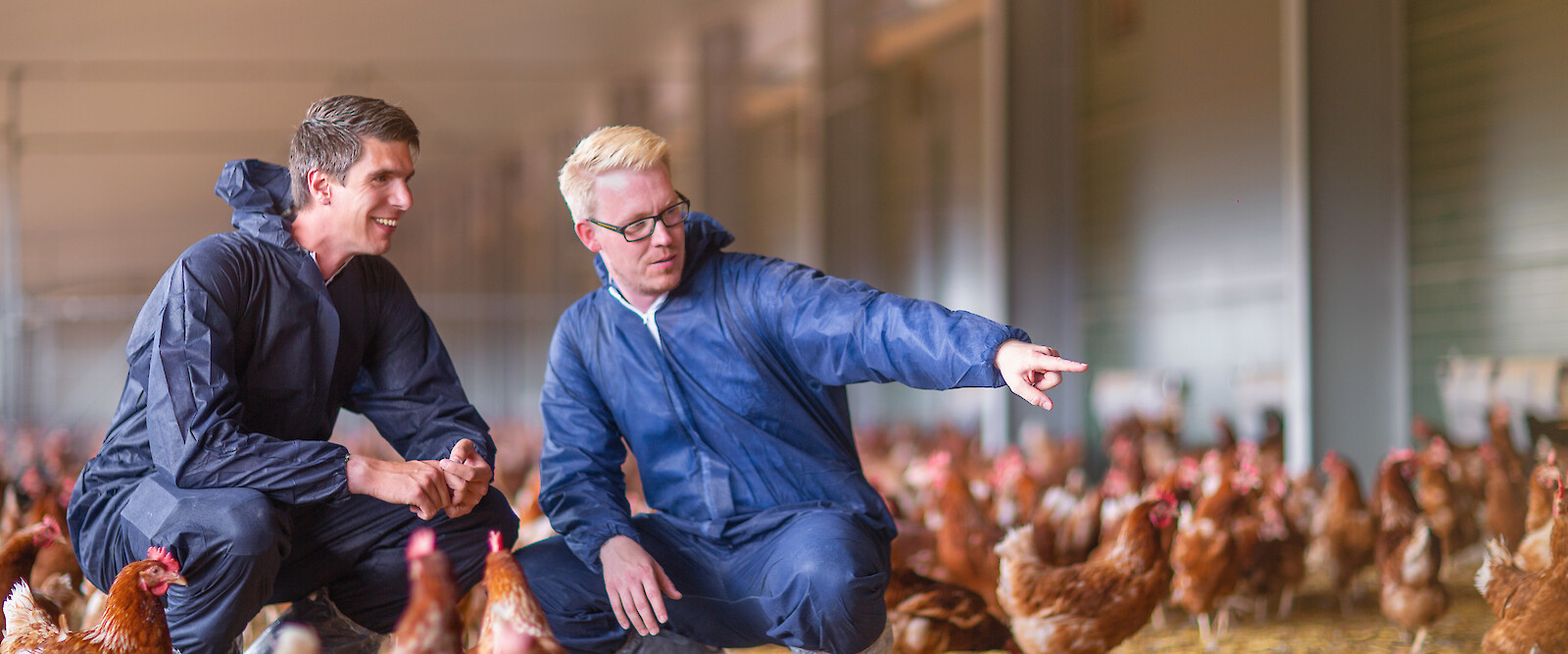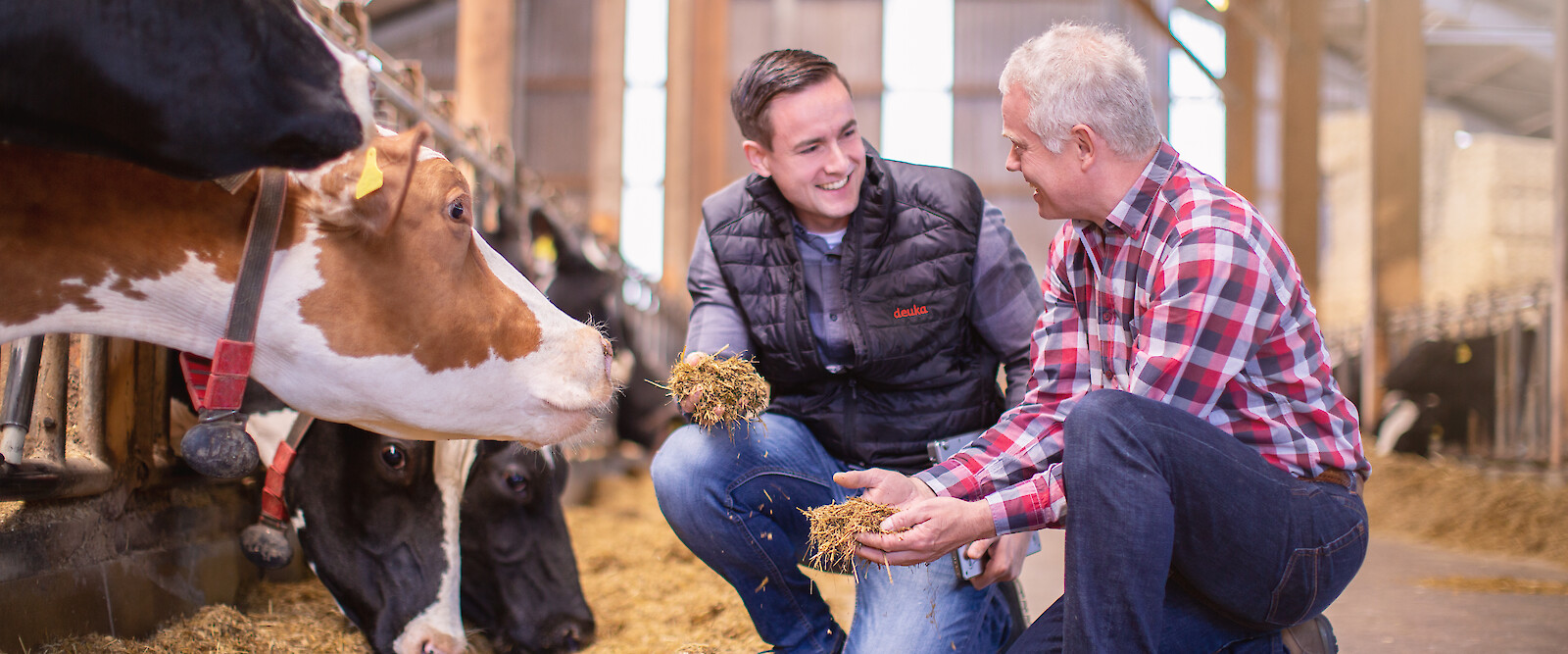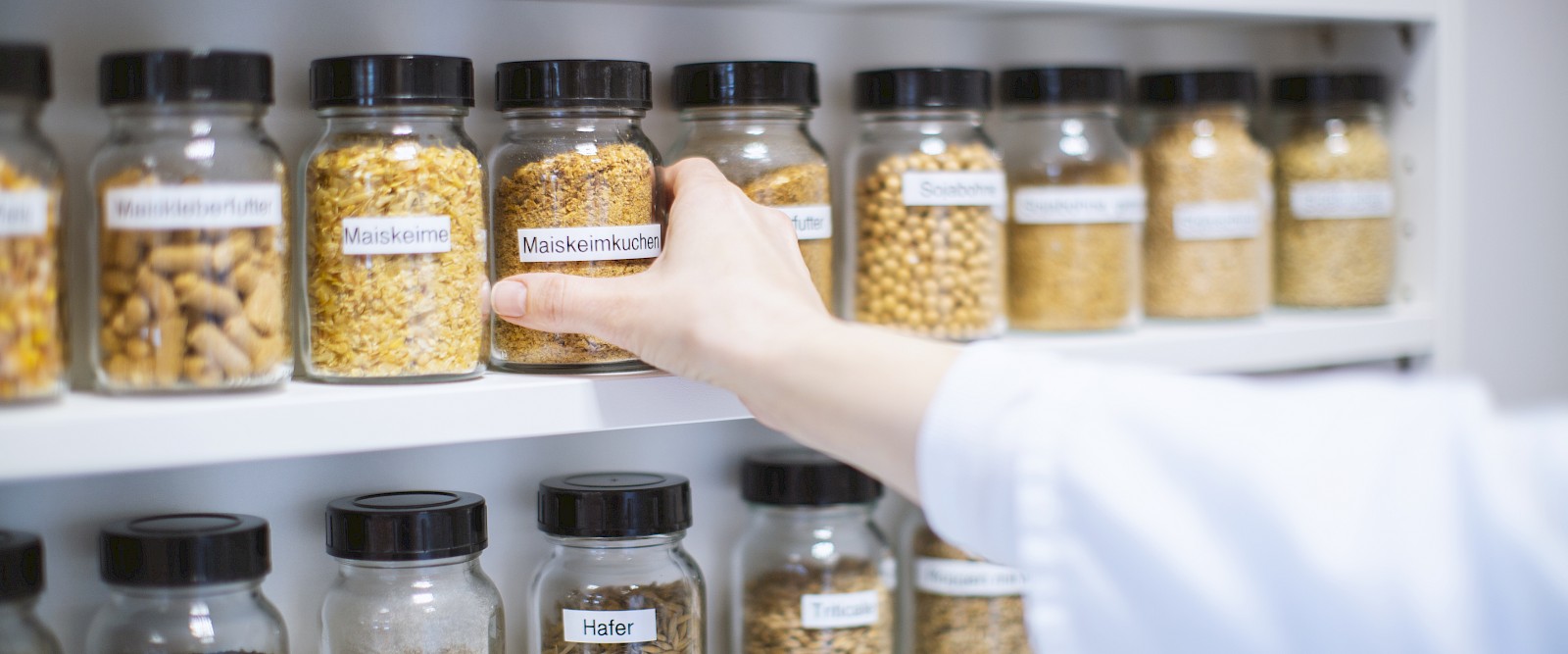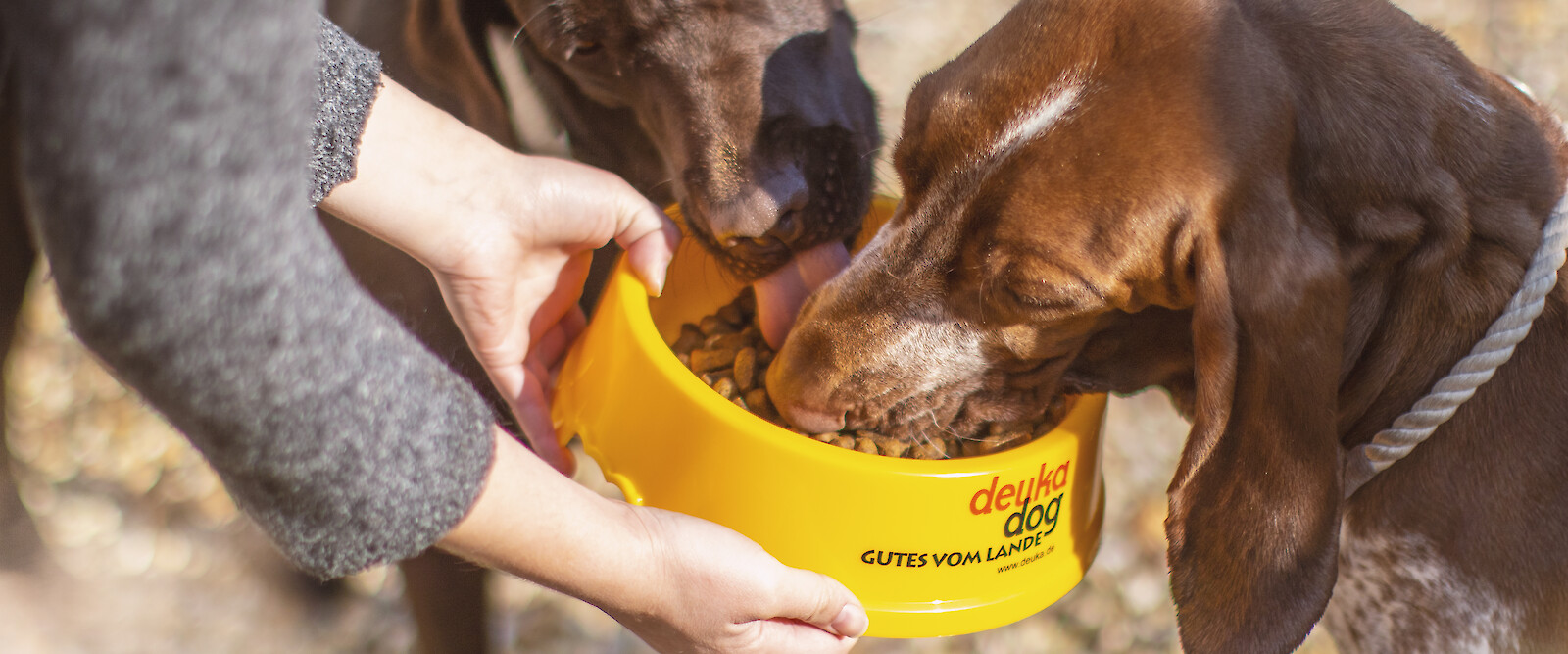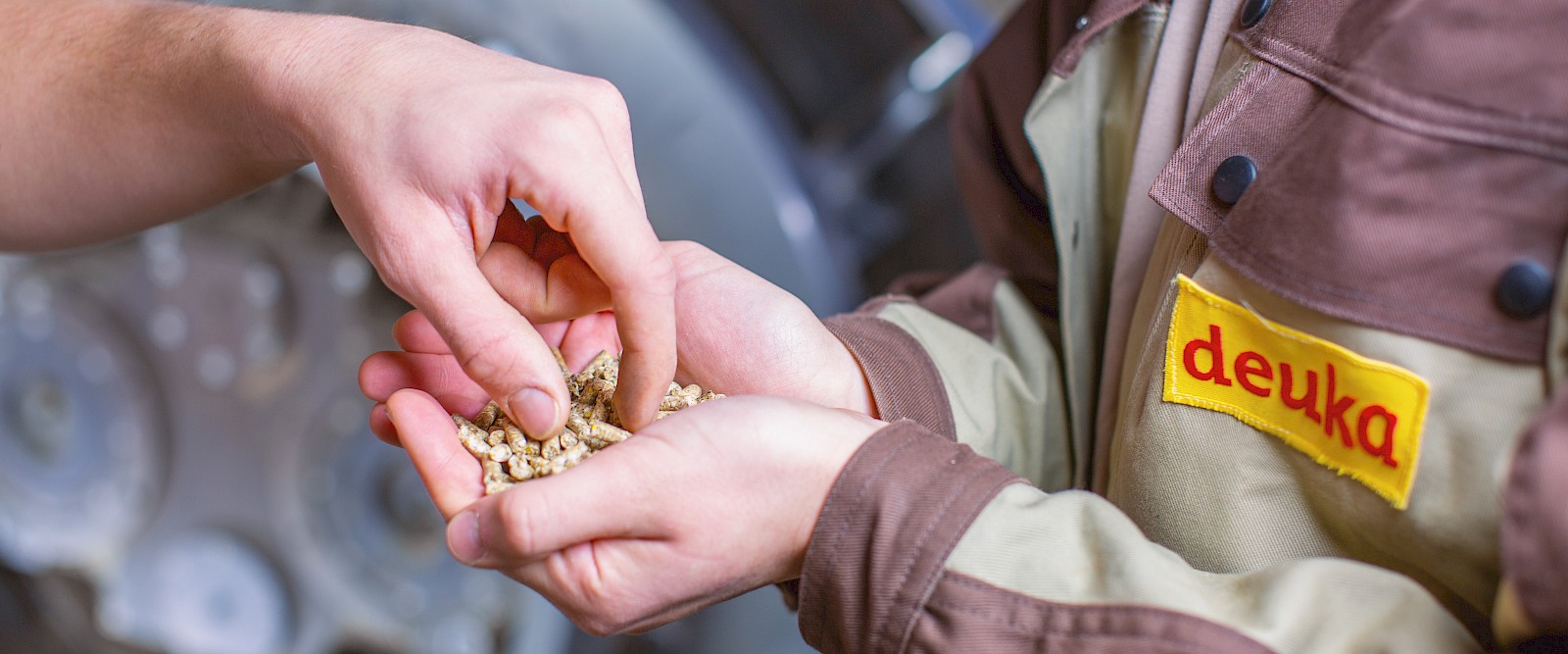Raw material and nutrient lexicon
Vitamin E
Vitamin E is the collective term for various tocopherol and tocotrienol compounds. The most effective compound is alpha-tocopherol, which occurs in relatively high concentrations in chlorophyll-containing plant cells. All other tocopherol compounds have only about a 20 to one % effect compared to alpha-tocopherol. Vitamin E is mainly characterised by its antioxidant effect. This protects oxidation-sensitive phospholipids in the cell membranes, vitamin A and carotenoids. There is a close relationship between vitamin E and selenium . Vitamin E also regulates hormone metabolism, ensures the stability of the membranes in the heart and skeletal muscles and stimulates antibody formation (better resistance to diseases). A wide variety of deficiency symptoms can occur with vitamin E deficiency: Damage to heart and skeletal muscles (dystrophy, myopathy), the so-called "mulberry heart disease" due to heart muscle damage and consequent sudden cardiac death, fertility disorders, changes in the vascular and nervous systems, and a reduced hatching rate in poultry. Grass, clover, lucerne, green meal and uncrushed seeds contain a lot of vitamin E. In contrast, extraction meal is low in vitamin E. Cereals and by-products of cereal processing (e.g. wheat bran) contain mainly tocopherols with low biological effectiveness. The supplementation of the feed necessary to supply the animals with vitamin E according to their needs is exclusively carried out via the highly effective vitamin E compound "alpha-tocopherol".
